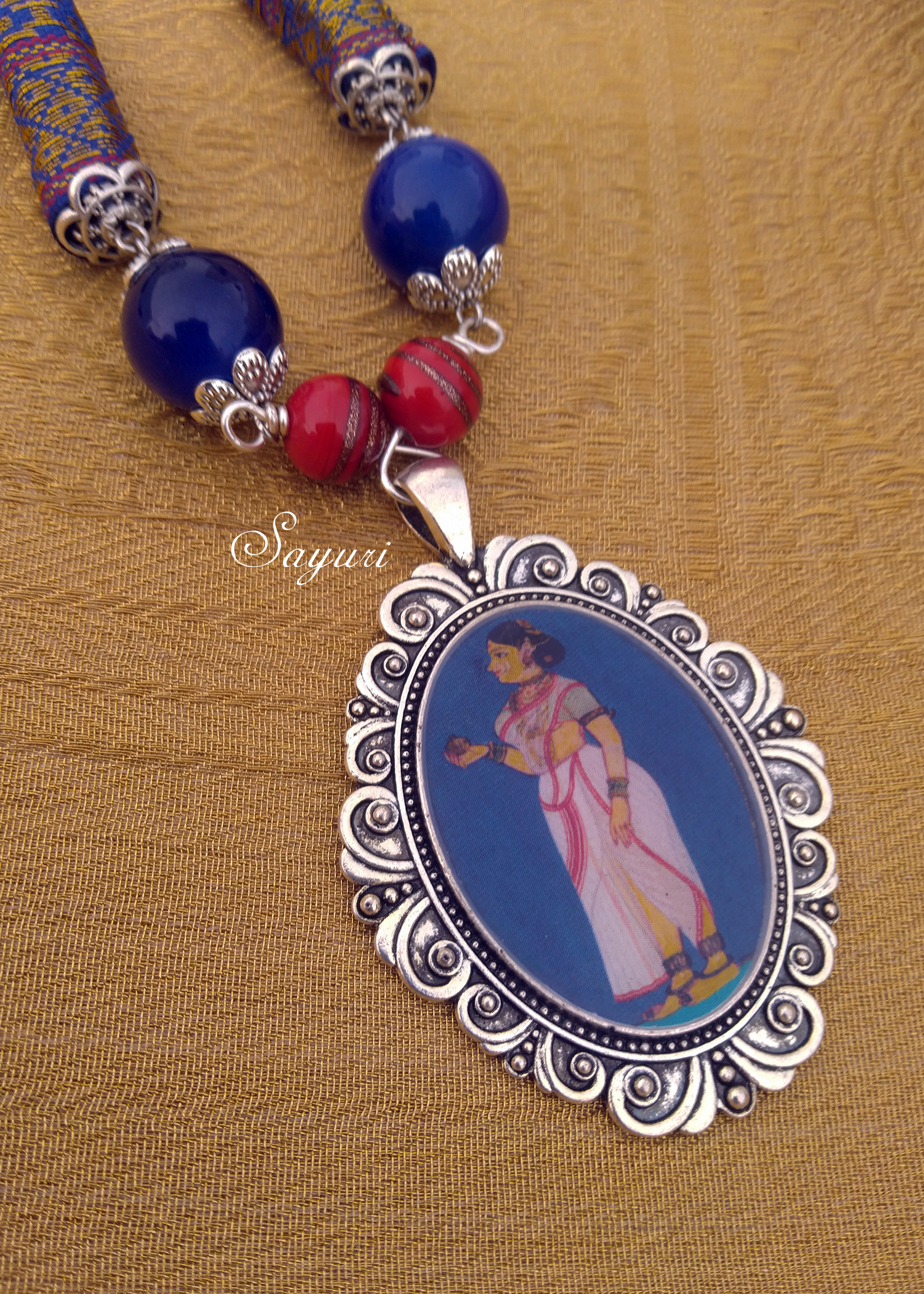International Women’s day (IWD) is celebrated every year on March 8th as a global celebration of the social, economic, cultural and political achievements of women. It is also a day to look at issues of women from less advantaged backgrounds, uplift and support them. The United states of America observes the entire month of March as Women’s history month and hopefully with a Woman VP should see some progress. Many artists and jewellers who I follow have been sharing their female centred work and I thought I will share some insight on my use of female forms in jewellery. Before that, a bit about what IWD means to me.

International Women’s day
Growing up, International Women’s day was one of the non-religious celebrations that was a big part of my school life. The Ladies club and Lioness club that my mother was a member of would organise competitions. She would participate and I would invariably tag along to help her. I remember a few cookery contests, a craft contest, a fashion show, a well dressed/personality event and drama competitions. I have even helped her organise one when she was the president of the Lioness club. This was in the late 90s-early 2000s. Had you asked me then if I would participate in an IWD event as an adult I would have laughed at you. Had you asked you if I would organise and host such events, I would have called you a fool and maybe even rebuked you. But as time changes, life changes too.
I have organised and hosted IWD at my college for four years now, and it has sort of become a tradition. We typically have a visionary woman as a speaker, create and play videos on the theme of the year and try to make it inclusive by inviting those who are differently abled, or gender queer to be a part of event. We also honour all the support staff who work in departments such as housekeeping, landscaping. I made a necklace for myself to wear to this year’s event and I wanted to share it with you along with other jewellery with female forms.

Female forms in jewellery
Female forms in jewellery, particular those of the mother Goddess are common across cultures. While I have used portraits and photographs of women in my work, I have used a metal female form only twice in my work. The first was the Japanese woman at Asakusa for the Art Bead Scene challenge. I altered and used a Mother Goddess metal clay pendant into a kimono wearing woman. The second is the Pearl chain necklace with dokra pendant that you see above. The Lady is wearing a skirt and blouse, has her hair tied up in a bun and is reading a book while fanning herself. I felt such an instant connection to her.
The craft of Dokra – bell metal casting from Orissa, Chhattisgarh and West Bengal is said to be one of the oldest crafts of India. There are evidences pointing to this craft being practiced even before 2500BC in Harappa and Mohenjadaro. I am smitten by the craft and I want to work more with dokra pendants. But they are heavy and expensive as they are little sculptures. Thus saleability is something that I have to think about. This piece is not for sale but I can make similar pieces on order.

IWD Choose to Challenge
This year’s international women’s day theme is #choosetochallenge and I choose to wear the Dokra necklace to challenge some myths about women, education and being able to speak one’s mind. An outspoken women is often characterised as being rude, egotistic, crass, and as one who has no shame or humility. Avid readers are tagged as “bookish know it alls” who cannot make anything work in their personal life. I have been called all these names and more. Being outspoken, fighting for my rights and for those around, standing against patriarchy brings me no shame. I speak my mind, with the trust in myself that I know what I am talking about. I know to stay silent when I have nothing meaningful to contribute to the conversation.

Tamil Lady necklace- Company painting
In Marabu I wanted to completely move away from the colonial gaze. However, I found aspects trickling in. Finally, I gave in and used a Company painting titled “Tamil Woman” to create this pendant. The original as per V&A approximates is from the 1780 -1800s. Going by her thin muslin saree and jewellery, I assume that she would have been a rich, upper caste, married woman from the late Vijayanagara period. I have used resin, fabric and glass beads and Dori closure to make this necklace. The Tamil lady madras company painting Necklace is Available for sale.
That brings us to the end of this post. I have been reading Judith Butler’s Gender trouble and am quite inspired by it. I look forward to doing more female centric work in the future. But until then, I would love to hear from you. What is that notion that you would choose to challenge about yourself (if you are a woman) or about women at large?
Here’s to all women who make life worth living.
I hope you found it interesting
Cheers



Leave a Reply